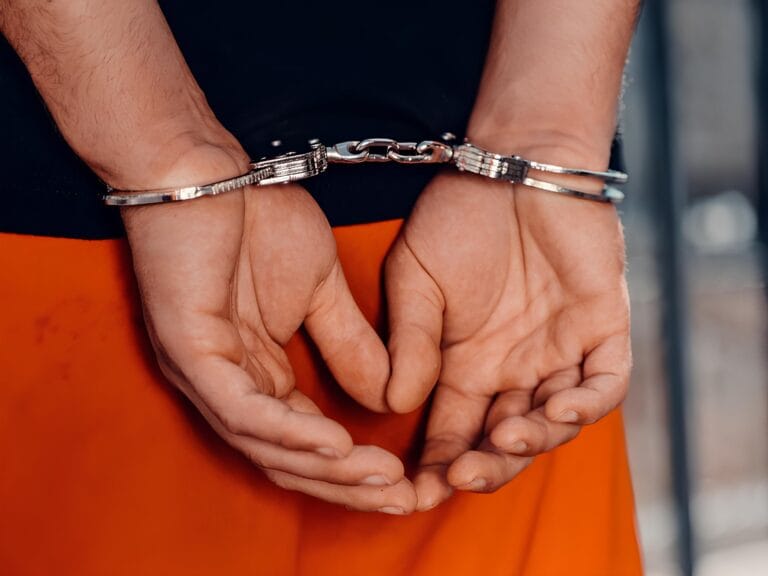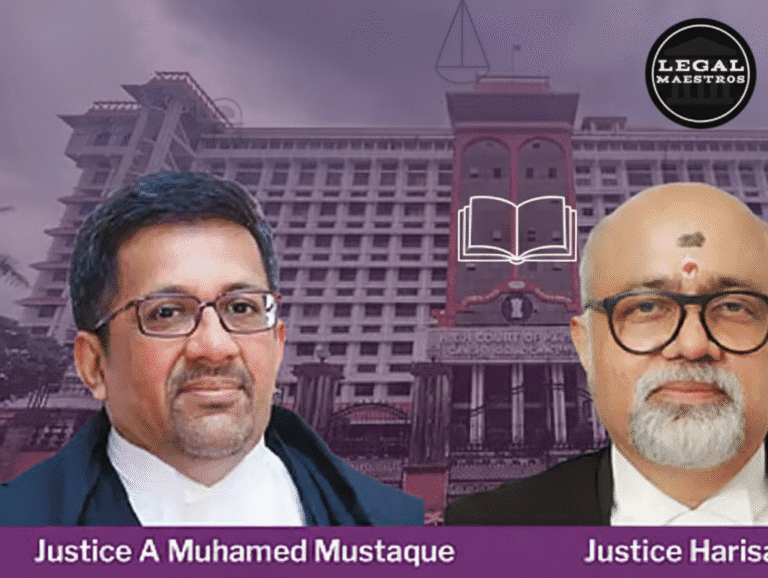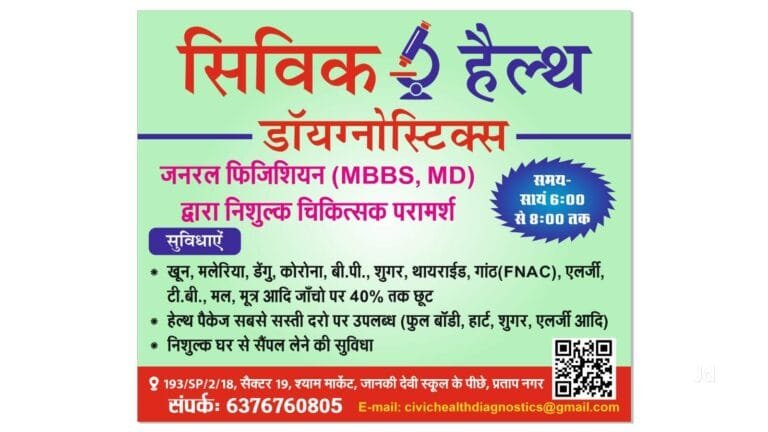
Jurisdiction of Criminal Courts: Understanding Inquiry and Trial Procedures under the Bharatiya Nagarik Suraksha Sanhita, 2023
Jurisdiction of Criminal Courts: A Clarification of Inquiry and Trial Procedure under the Bharatiya Nagarik Suraksha Sanhita, 2023
The Bharatiya Nagarik Suraksha Sanhita, 2023 (BNSS) is an exhaustive legal legislation that became applicable on 1st July, 2024, in lieu of the Criminal Procedure Code. One of the significant provisions that have been provided under this statute is the criminal court’s jurisdiction regarding where offenses should be tried and inquired into. Chapter XIV of the BNSS prescribes the rules concerning the venue of inquiry and trial, specifically in cases where it is doubtful in which local jurisdiction the offence is, or when the offence crosses more than one jurisdiction.
Section 197: Local Jurisdiction for Ordinary Offences
For any queries or to publish an article or post or advertisement on our platform, do call at +91 6377460764 or email us at contact@legalmaestros.com.
Section 197 of the Bharatiya Nagarik Suraksha Sanhita, 2023 provides that every offence should preferably be investigated into and adjudicated upon by the court having jurisdiction in the territorial area in which the offence has been committed. This implies that the first condition for determining territorial jurisdiction is where the crime happened.
Example: If someone is charged with stealing in Delhi, the court within the region where the stealing was done (in Delhi) will be empowered to investigate the offence and try the case.
Section 198: Uncertain or Multi-Area Jurisdiction
For any queries or to publish an article or post or advertisement on our platform, do call at +91 6377460764 or email us at contact@legalmaestros.com.
Section 198 covers situations where it is uncertain where the offence was committed within the local area, or when the offence crosses several local jurisdictions. Section 198 sets out four situations under which the court can use its jurisdiction:
Uncertainty concerning the place of the offence: If it is uncertain in which of a number of areas the offence was committed, any one of the courts within those areas can investigate and try the offence.
Offence partly committed in two or more areas: When a crime has been partly committed in one area and partly committed in another area, any one of the courts within these areas can deal with the case.
For any queries or to publish an article or post or advertisement on our platform, do call at +91 6377460764 or email us at contact@legalmaestros.com.
For More Updates & Regular Notes Join Our Whats App Group (https://chat.whatsapp.com/DkucckgAEJbCtXwXr2yIt0) and Telegram Group ( https://t.me/legalmaestroeducators )
Continuing offence: For continuing offences that persist in the course of time and spread to more than one local jurisdiction, any court in those jurisdictions can prosecute the offence.
Several acts in various areas: If an offence involves a series of acts performed in different places, a court with jurisdiction over any of the areas can prosecute the case.
For any queries or to publish an article or post or advertisement on our platform, do call at +91 6377460764 or email us at contact@legalmaestros.com.
Example: A person commits fraud by issuing fictitious documents from Mumbai to a victim in Bangalore, and the crime continues as more documents are issued. In this case, both the courts at Mumbai and Bangalore can have jurisdiction to prosecute the case under this section.
Section 199: Offence Based on Acts and Consequences
Section 199 specifies that when a thing is criminalized because both the thing done and its resulting consequences constitute a crime, either where the act was done or where its effect happened, is where the offense can be inquired into or tried. That way, through this provision, a crime could be tried elsewhere based on wherever the central component of the offence occurred.
For any queries or to publish an article or post or advertisement on our platform, do call at +91 6377460764 or email us at contact@legalmaestros.com.
Example: If someone burns a warehouse in Noida and the fire extends to adjacent properties in Ghaziabad, both the courts in Noida (where the act occurred) and Ghaziabad (where the consequence occurred) have jurisdiction to investigate or prosecute the offence.
Section 200: Offences Related to Other Offences
Section 200 discusses instances where an act is deemed an offence due to its relation to another offence. In these instances, the court that has jurisdiction over the place where one of the related acts was committed may inquire or try the case. This gives room for maneuver when two offences are closely related, and it makes the process of trial easier by permitting one court to manage both related offences.
For any queries or to publish an article or post or advertisement on our platform, do call at +91 6377460764 or email us at contact@legalmaestros.com.
Example: If someone steals a car in Agra and then uses it to rob a place in Jaipur, as the robbery is directly connected with the theft, the courts either in Agra (where the theft was committed) or Jaipur (where the robbery was committed) can investigate or try the case.
Conclusion
The Bharatiya Nagarik Suraksha Sanhita, 2023 gives explicit and adaptable guidelines regarding the jurisdiction of criminal courts for inquiries and trials. Whether or not the offence takes place at one location, in several regions, or with far-reaching repercussions elsewhere, the law guarantees that courts in any of the local areas concerned are able to initiate the required proceedings. This system aids to make the criminal justice system less complicated, particularly for persistent crimes or unknown location of crime.
For any queries or to publish an article or post or advertisement on our platform, do call at +91 6377460764 or email us at contact@legalmaestros.com.
Every part of Chapter XIV of the BNSS has a pivotal role to ascertain where and how a crime will be tried in order to have justice done expeditiously through multiple jurisdictions where necessary.






